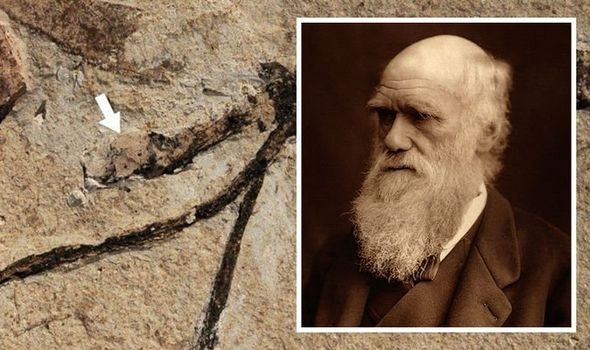The mystery that once puzzled the famous scientist Charles Darwin has been solved 140 years after his death.
Chinese experts have announced the discovery of the oldest flower bud fossil. This could be the final piece of evidence proving that flowering plants evolved tens of millions of years earlier than previously thought. The research team hopes their discovery will help decode the mystery that baffled Darwin.

Charles Darwin was never able to decode this mystery. (Photo: Getty)
Darwin was always troubled by the question of how plants evolved so rapidly while the oldest flower fossils were no more than 130 million years old. He never found the answer; however, this mystery may now have a solution.
In 2016, scientists in China announced the discovery of a “perfect flower fossil” dating back to the Jurassic period, over 145 million years ago. The fossilized plant, named Euanthus, not only had petals but also sepals, as well as male and female reproductive parts, including an ovary similar to those of modern flowers.
Two years later, another flower fossil was found in China, named Nanjinganthus, which is about 174 million years old. It shares similarities with modern flowers, with its seeds completely enclosed in an ovary. However, some argued at the time that they were not angiosperms, as what the scientists discovered was too primitive to be considered a flower.
The new fossilized flower bud, discovered in China and named Florigerminis jurassica, may be what researchers have been searching for. The fossil is estimated to be over 164 million years old and is in perfect condition. The stem is connected not only to the flower bud but also to fruits and leaves, which is extremely rare.
Florigerminis jurassica is regarded as a “one-of-a-kind” discovery, and initial examinations indicate that it is an early angiosperm.
The authors published their research in the Special Journal of the Geological Society of London, emphasizing that these results compel us to “rethink the evolution of angiosperms”.

















































